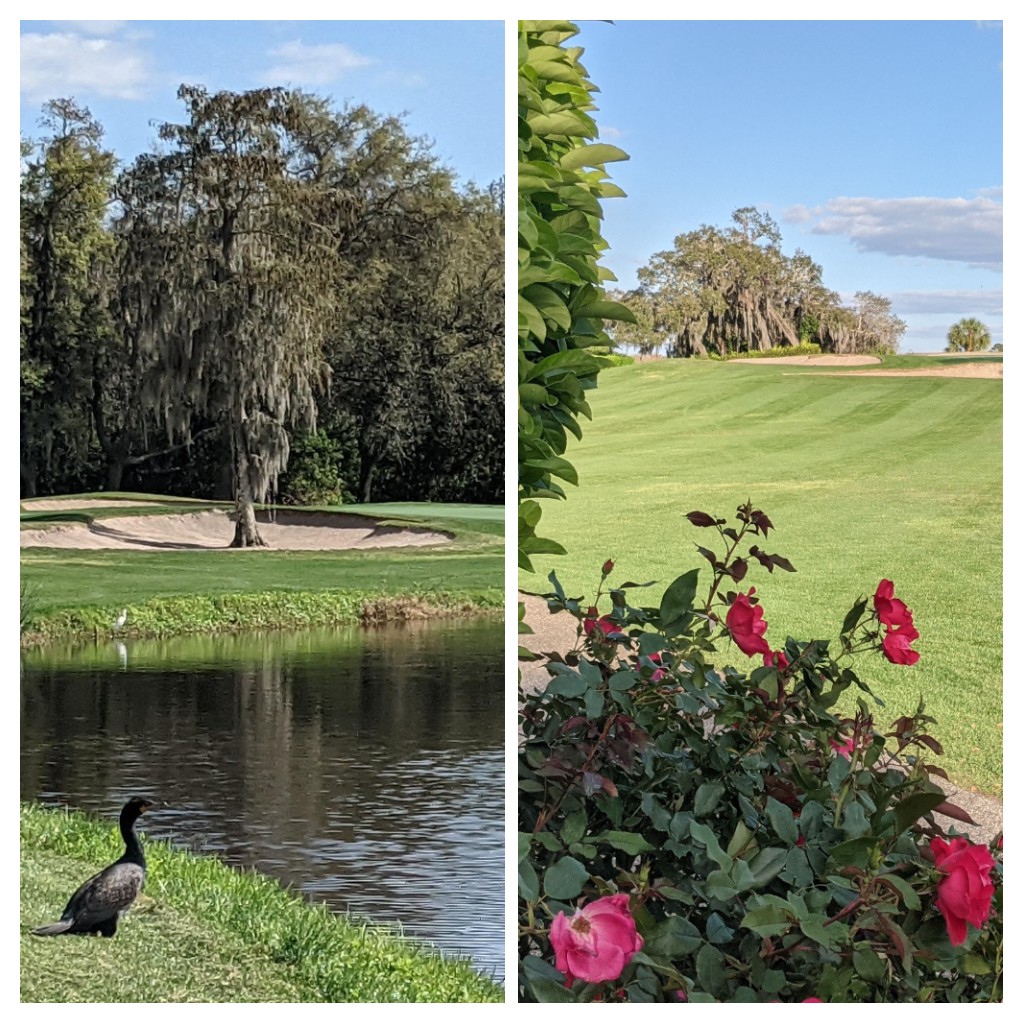This week’s PGA Tour event, the Valero Texas Open, is the last stop before next week’s Masters and it has some unlikely names in the field.
From the national stage there’s Dustin Johnson and Ricky Fowler. Johnson, the world’s No. 1 player, was a late entry. Apparently feeling the need for another competitive tuneup after failing to contend in last week’s World Golf Championship-Dell Technologies Match Play, Johnson will playing in the Texas stop for the first time since 2015.
Fowler also needs to play well if he’s to keep his streak of Masters appearances alive. He has played at Augusta every year since 2010 but isn’t qualified for this year’s event yet.
Carlos Sainz Jr., the 2016 Illinois Open champion, will also get back in a PGA Tour event after several years of trying. He played on the circuit in 2015 but lost his playing privileges for failure to meet money-winning standards. Now he’s a club professional in Houston.
Sainz, who set an Illinois Open scoring record with his five-shot victory at Royal Fox in St. Charles, competed on the PGA’s Korn Ferry Tour and also played with limited success on the Canadian and Latinoamerica circuits before entering the club professional ranks last year. He proved he could still play, winning the title in his Texas PGA section to get a spot in the Valero Texas Open.
Born in Chicago and growing up in Elgin, Sainz attended Larkin High School and had great success in the Chicago area before making a run at the big tours following his collegiate days at Mississippi State. Before his hot tournament at Royal Fox six years ago Sainz lost an Illinois Open title in a playoff and won the now defunct Chicago Open in 2013.
His best finish on the PGA Tour was a tie for ninth in the Sanderson Farms Classic but he last played regularly on any of the pro tours since 2018 when he missed the cut 11 times in 21 events on the PGA’s Korn Ferry circuit.
BROADCASTING CHANGE: The Golfers on Golf Radio show was to open its 31st season on Saturday but the host Rory Spears said the show has opted to move in a new direction from previous Chicago golf show broadasts.
Virtually all have been weekend morning shows over the years, but Golfers on Golf will be an afternoon attraction. It’ll take a 4 p.m. time slot on WCPT (820-AM) on Saturdays, starting on April 17. Ed Stevenson and Bill Berger return as co-hosts with Spears.
“We could have started the season earlier with a return to our previous station (WNDZ, 750-AM) but the response was overwhelmingly positive to our move to WCPT in 2020, so we decided to stay there in 2021,’’ said Spears. “This also allows us to keep most of our production crew together and gives us the opportunity to reach a bigger audience, as we’ll be live during the third rounds of PGA Tour events or major championships.’’
STREELMAN SITS: Wheaton’s Kevin Streelman, the best of the Chicago area PGA players, decided against taking one more shot at a spot in the Masters in Texas. He reached the Sweet 16 of last week’s Match Play event before losing to eventual champion Billy Horschel.
His reward for reaching th quarter-finals was $189,000, and that pushed Streelman over the $1 million mark in winnings for the 2020-21 season. He’s 60th on the season money list and No. 56 in the Official World Golf Rankings. The top 50 after the Valero Texas Open qualify for the Masters.
Despite Streelman’s absence, the field in Texas includes three players with Illinois connections – Doug Ghim, Luke Donald and D.A. Points. Former world No. 1 Donald missed his eighth straight cut on the PGA Tour in last week’s secondary stop in the Dominican Republic. Ghim, in his rookie season on the PGA Tour, didn’t compete last week. He had brief third-round leads in the Arnold Palmer Invitational and The Players events before final round of 81 and 78 dertailed his chances. Points, a PGA Tour veteran, is in the field on a medical exemption.
HERE AND THERE: Golf Now! Chicago is now available in both print and digital versions. Publisher Cheryl Justak is marking the 19th year for Chicago’s premier golf destination guide…..The first Augusta National Women’s Amateur, played in 2019 before the pandemic, had three Illinois players in the field. The second version tees off on Wednesday without any. It’ll be strong, though, with 28 of the top 30 in the women’s amateur world rankings included in the 85 who will complete the 54-hole event on Saturday as the first attraction of Masters Week…..Like the ANWA, the Drive, Chip & Putt national finals weren’t held when the Masters was last played in November. The 2020 finals will be staged on Sunday with Reese Wallace of South Barrington and Logan Keeter of Northbrook representing the Chicago area.













